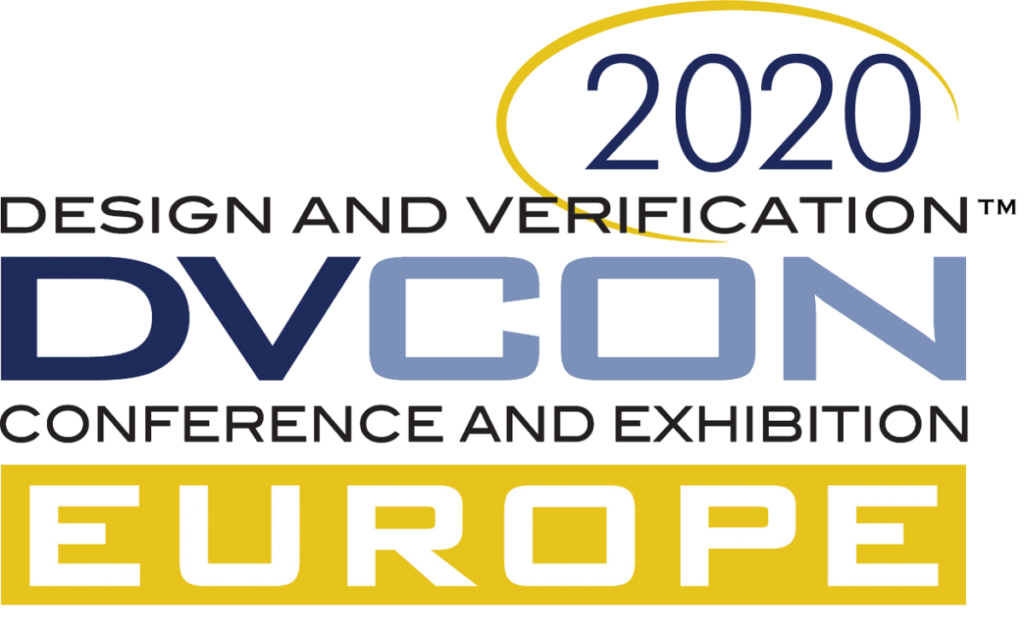
My previous blog post in this series tested the ability of a range of large language models to analyze a piece of C code and determine what a mystery function did. That was interesting and entertaining, but possibly not a particularly “fair” test of the models’ capabilities. Most of time, I think people use “AI” to help write code, not to understand some tricky piece of algorithmic code. Thus, I turn the problem around and ask the models to write code for the algorithm I previously asked them to analyze.
Continue reading “(Local) AI, Please Write some Code”







